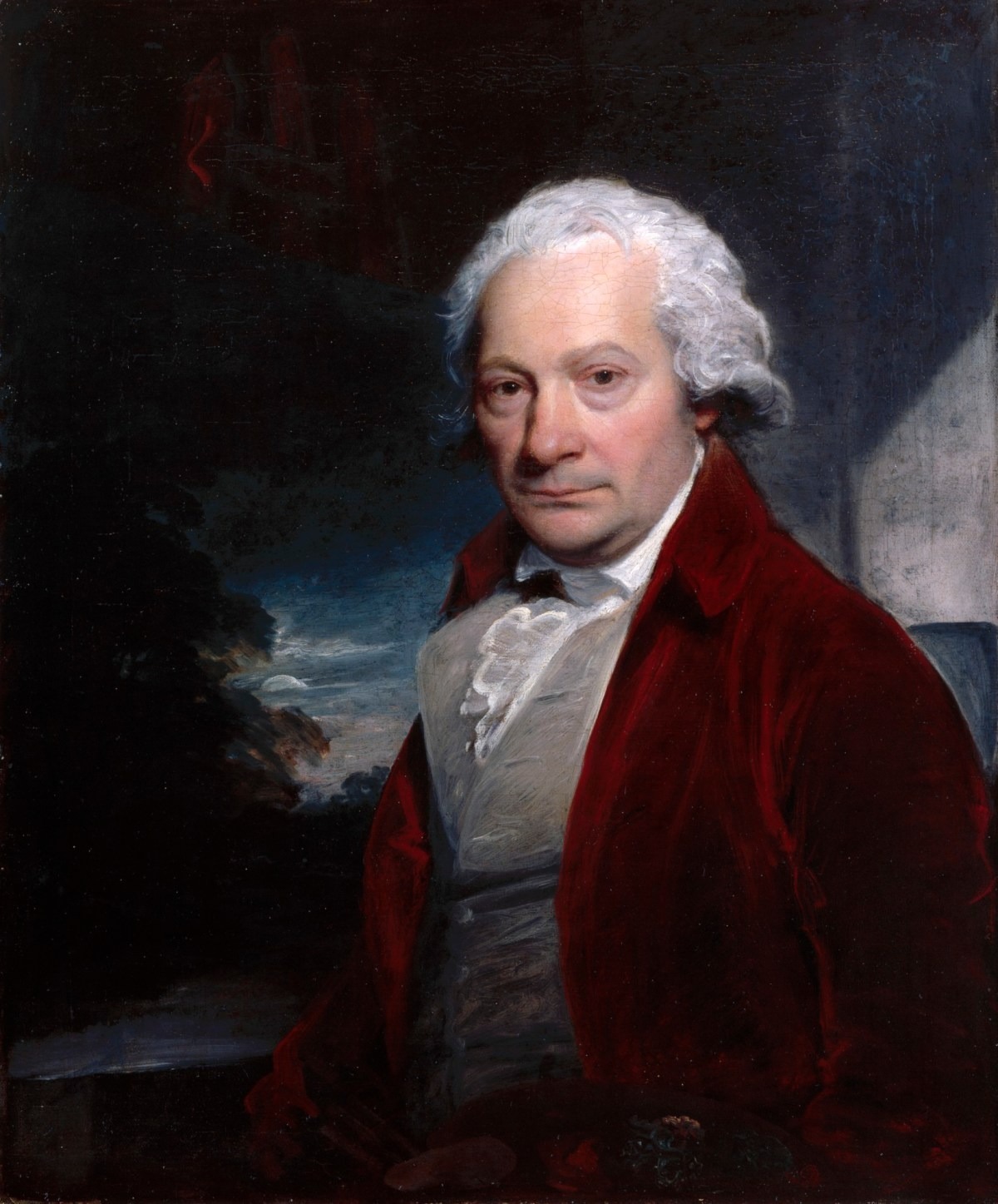

Paul Sandby
GB
210
Artworks
1731 - 1809
Lifespan
Artist Biography
Paul Sandby RA (1731 – 1809) stands as a pivotal figure in the history of British art, celebrated as "the father of modern landscape painting in watercolours" and a pioneer of the aquatint printmaking technique. Born in Nottingham in 1731, and baptised the same year, Sandby's early artistic inclinations were likely nurtured by his elder brother, Thomas Sandby, who later became a distinguished architect. In 1745, at the cusp of significant political upheaval, Paul moved to London, where Thomas helped him secure a position in the military drawing department at the Tower of London. This early exposure to cartography and precise draughtsmanship would profoundly shape his meticulous approach to art.
The aftermath of the 1745 Jacobite Rebellion saw Sandby appointed as chief draughtsman to the military survey of the Scottish Highlands, a role he undertook from 1747 to 1752. Stationed primarily in Edinburgh, this period was formative. Tasked with preparing designs for new bridges, fortifications, and detailed maps, Sandby simultaneously immersed himself in the Scottish landscape. He produced numerous watercolour landscapes and sketches documenting the changing terrain, local life, and significant events, such as his poignant depiction of the execution of forger John Young. It was during these years that he also began experimenting with etching, laying the groundwork for his later printmaking innovations. His dedication to capturing the essence of Scotland was evident, as he was known to carry a copy of "Theatrum Scotiae" for inspiration.
Around 1752, Sandby left the Ordnance Survey and joined his brother Thomas, who had been appointed Deputy Ranger of Windsor Great Park. Here, Paul assisted Thomas with architectural projects, including the formation of Virginia Water, and produced an extensive series of drawings of Windsor Castle and its environs, many of which were acquired by Sir Joseph Banks. His skill in rendering "real Views from Nature" earned him praise from contemporaries like Thomas Gainsborough. Sandby's artistic output diversified further; he created numerous etchings, including the popular series "The Cries of London" (1760), and notably, a series of caricatures satirising William Hogarth. In 1757, he married Anne Stogden, and by 1760, the couple had settled in London.
Sandby's reputation grew, and he became an active participant in London's burgeoning art scene. He contributed to the first exhibition of the Society of Artists in 1760, becoming one of its directors in 1765. A landmark moment in his career came in 1768 when he became one of the 28 founder members of the Royal Academy of Arts, nominated by King George III. That same year, he was appointed chief drawing master at the Royal Military Academy, Woolwich, a prestigious post he held for over thirty years until 1799. His commitment to the Royal Academy was unwavering; he frequently served on its council and exhibited his works almost annually from 1769 until his death, showcasing his evolving mastery.
A significant contribution to printmaking was Sandby's pioneering work with aquatint. Although not its inventor, he learned the process from Peter Perez Burdett around 1773 and crucially improved it by introducing the spirit ground technique, which allowed for more painterly tonal effects. He named the process 'aquatinta,' intending it for the faithful reproduction of watercolours, thereby making topographical art more accessible to a wider audience and enabling the golden age of British colour-plate books. Sandby was a prolific traveller, undertaking extensive journeys throughout Britain and Ireland to sketch scenery, ancient monuments, and stately homes. His tours of Wales, particularly with Sir Joseph Banks in 1773, resulted in influential publications of Welsh views, further popularising the picturesque landscape.
Paul Sandby's legacy is multifaceted. He profoundly influenced the development of the British watercolour school, not only through his own extensive body of work but also as an esteemed drawing master, instructing pupils that included Queen Charlotte and the royal princes. His watercolours were noted for their clarity, detailed observation, and skillful depiction of light and atmosphere, often capturing topographical accuracy with picturesque charm. While some critics found his style too literal, this was partly a consequence of his financial need to produce saleable works, as he did not come from a wealthy background. Despite his successes, he relied on a pension from the Royal Academy in his later years. Paul Sandby died in Paddington, London, on November 7, 1809. Though sometimes overshadowed by artists he influenced, like J.M.W. Turner, his foundational contributions to watercolour painting and aquatint printmaking secure his place as a transformative figure in British art.